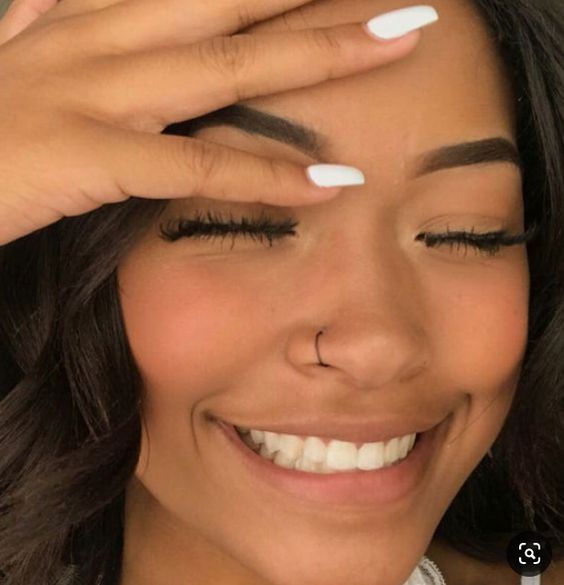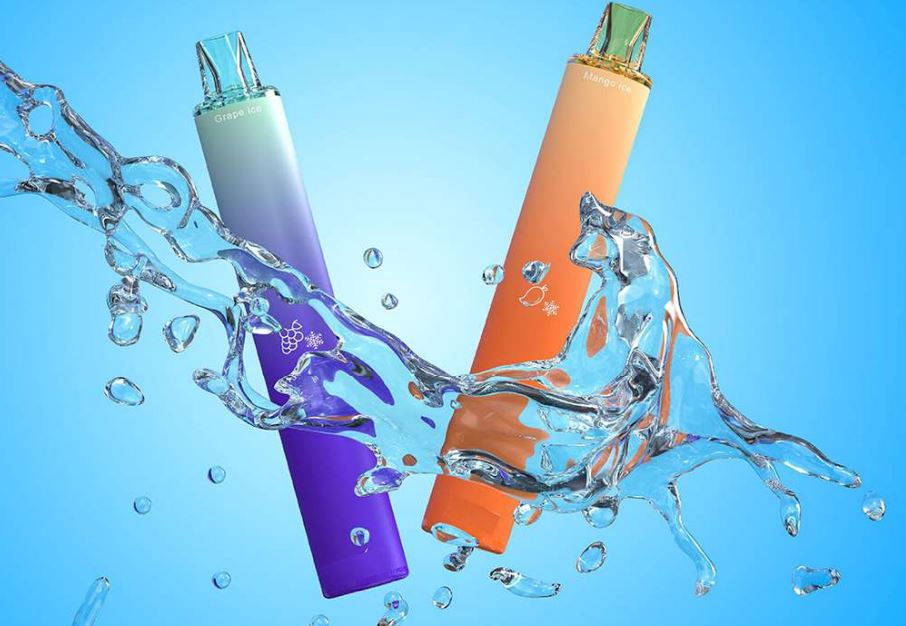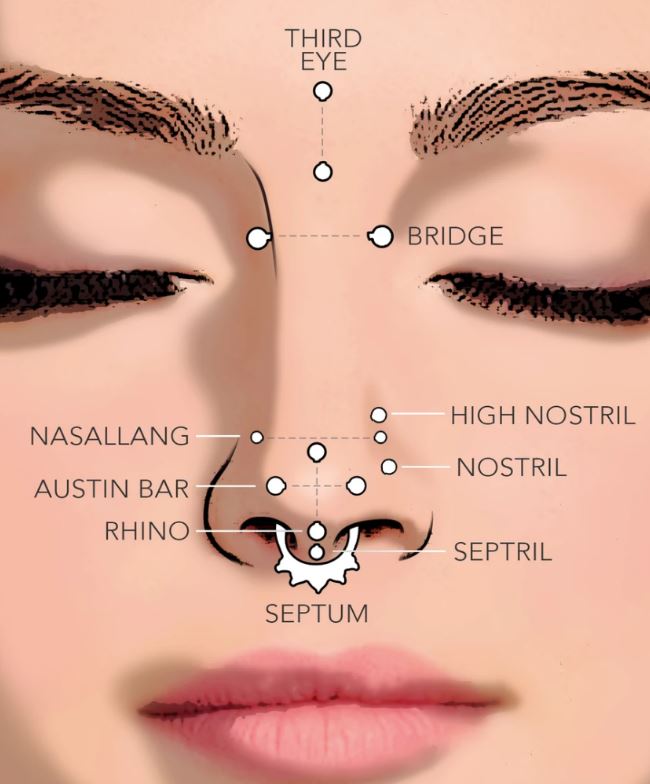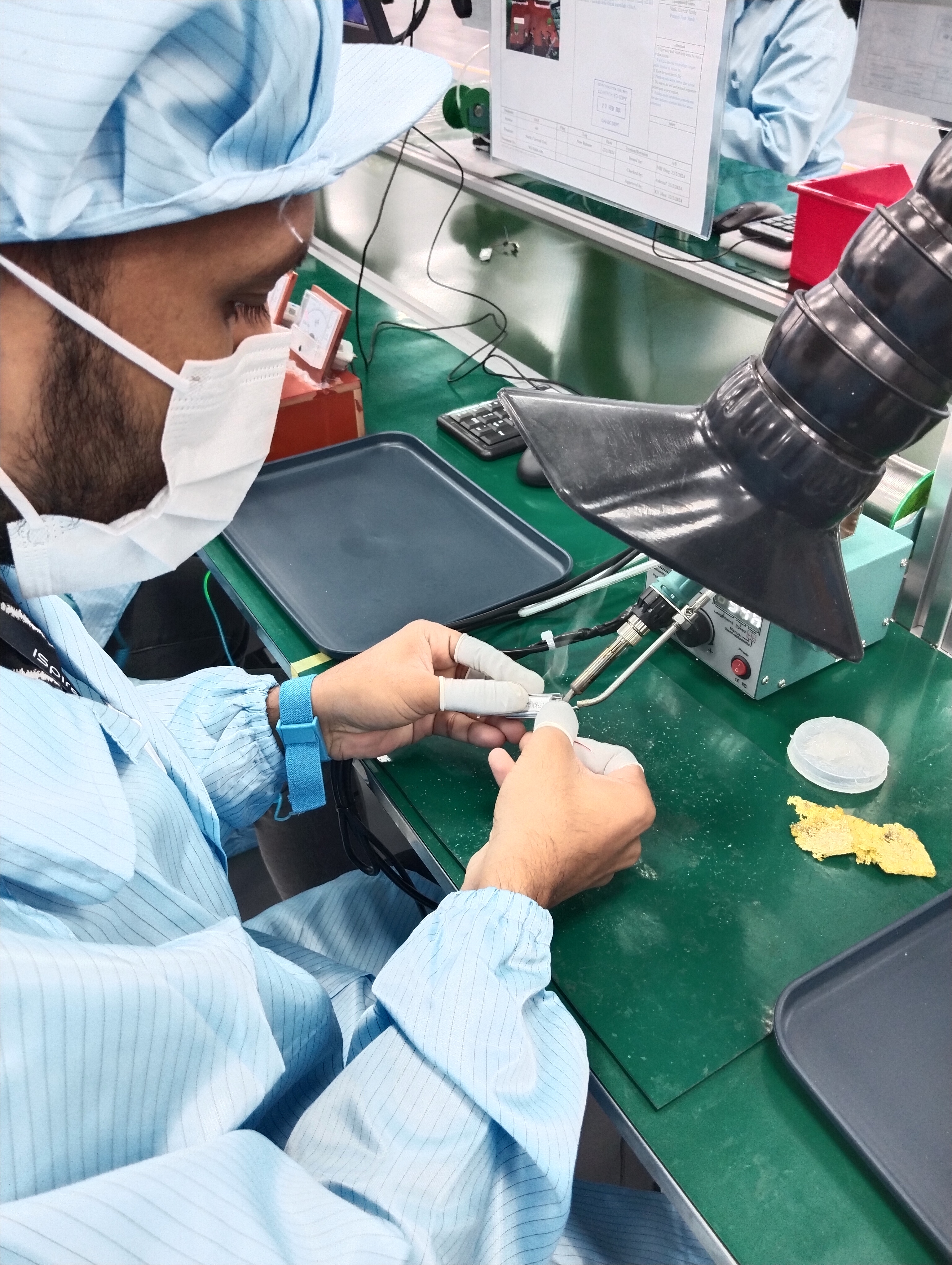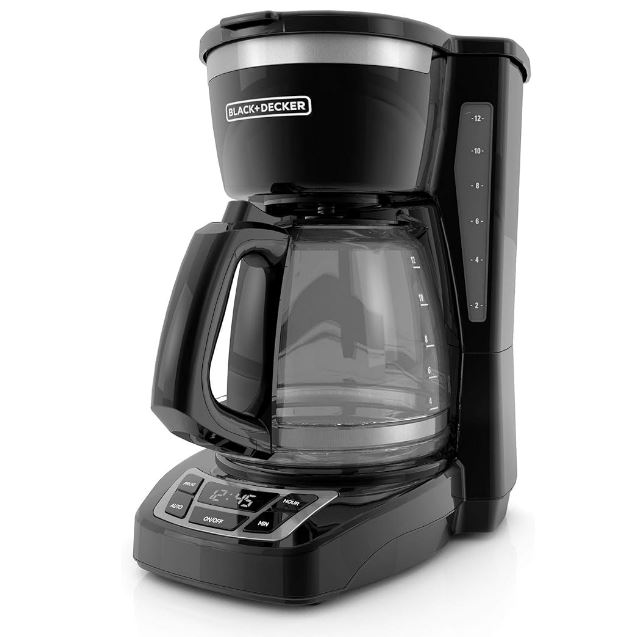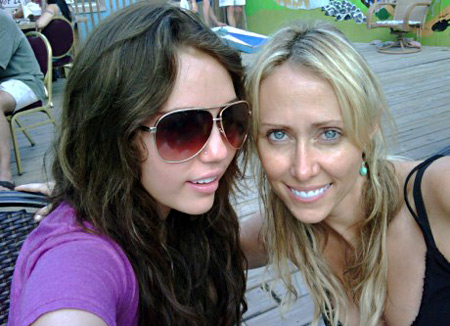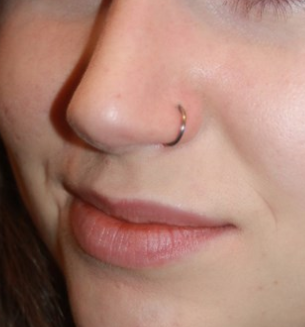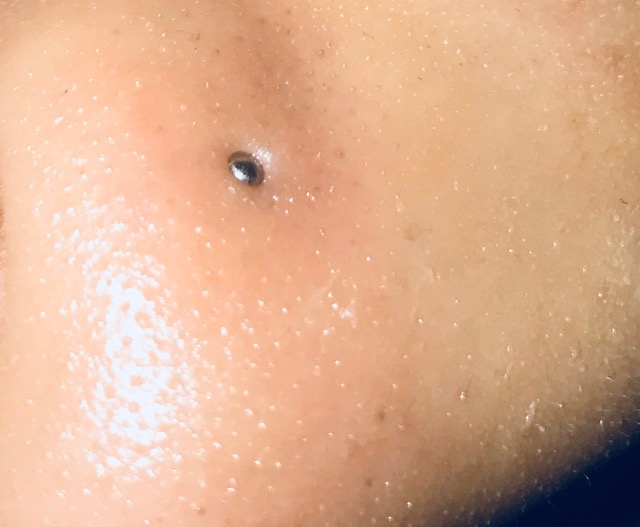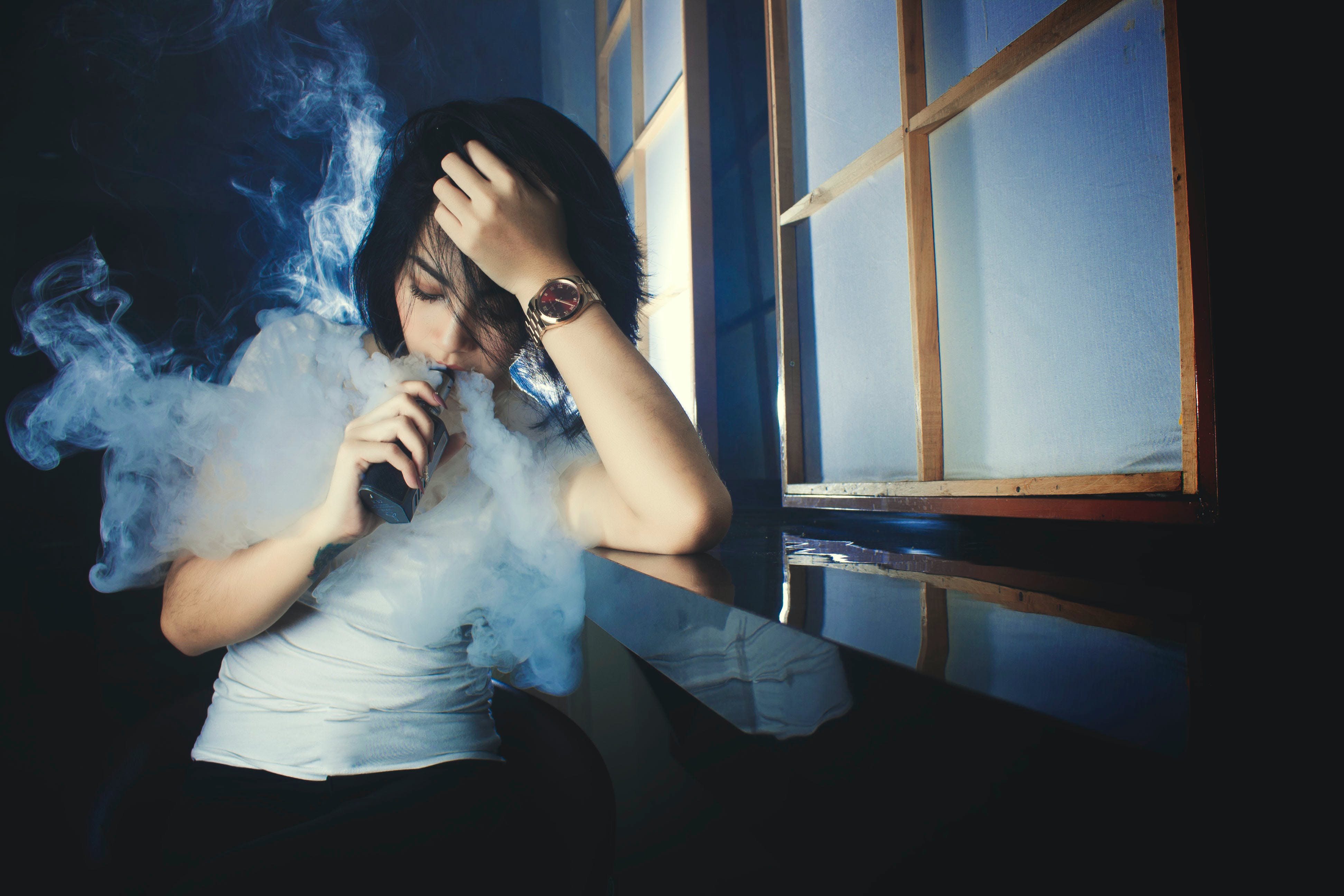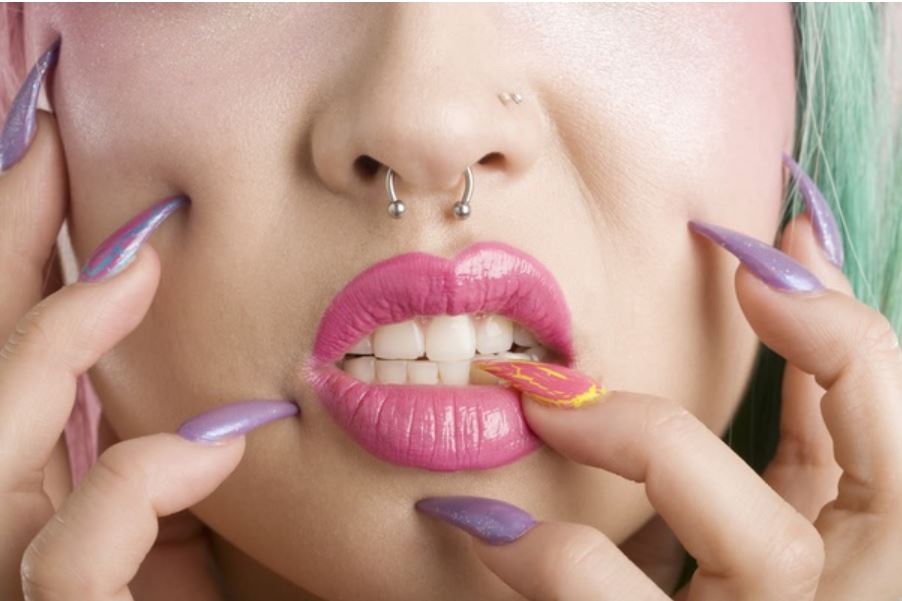Sponsor Ads
Non-China Vape, 510 Cartridges & Battery Device Maker
If you are going for a vape manufacturer out of China we are you best choice. We offer a alternative vape production location with a very competitive price. You can save money by buying directly from us the manufacturer, without any middlemen or extra fees. You can also enjoy discounts for bulk orders and special offers for long term & loyal customers.
We offer small trial orders where you can test the quality and performance of the products before placing a large order. Fast shipping and cheaper shipping cost from Malaysia and Singapore ports. You don't have to wait long to receive your products.
Contact Us!
Contribute for our website Maintenance! We want to keep it free for all visitors.
Trending Best Sellers
Nose Piercing Bump: How to Get Rid of It
Trending Best Sellers
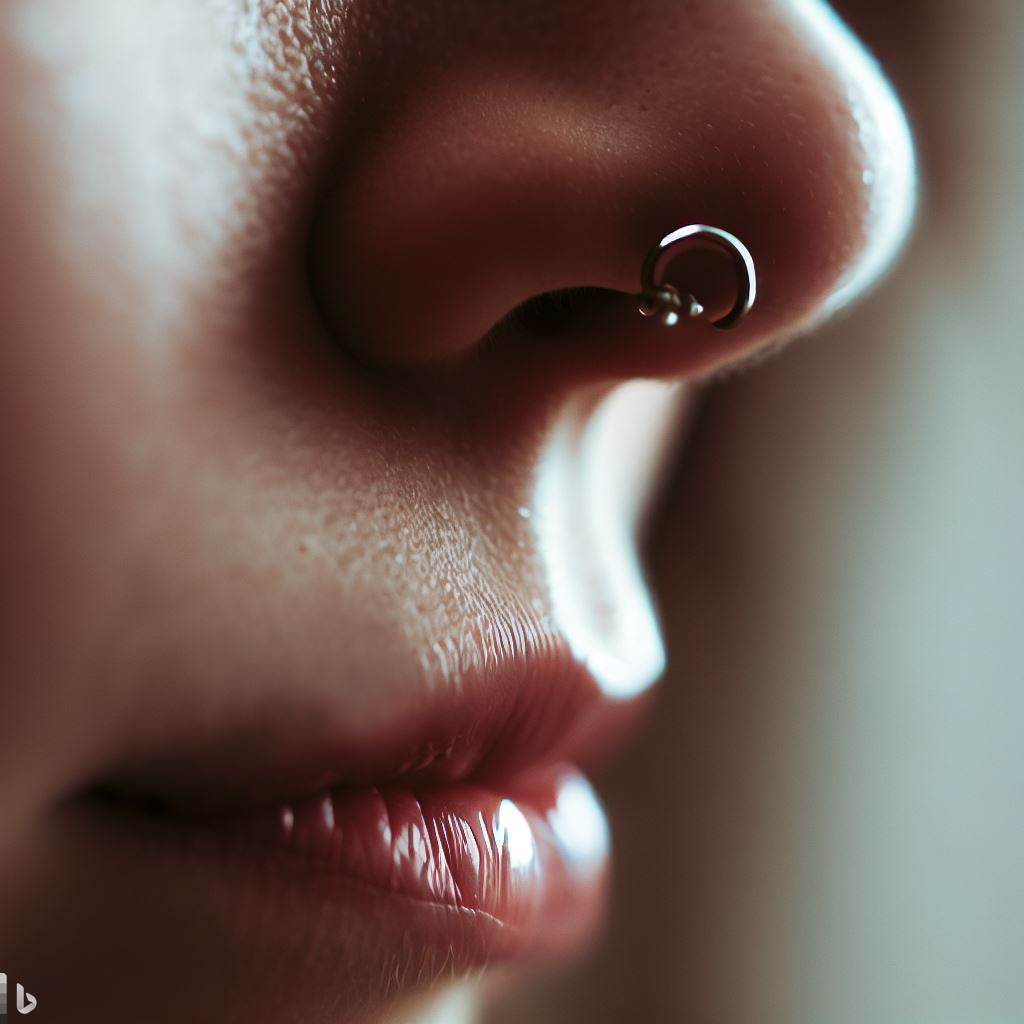 |
 |
Nose Piercing Bump: How to Get Rid of It. Nose piercing is a popular form of body modification that can enhance your appearance and express your personality. However, sometimes a nose piercing can cause a bump to form around the piercing site. This can be unsightly, painful, or even infected. What causes a nose piercing bump and how can you get rid of it?
Causes of Nose Piercing Bump
A nose piercing bump can be caused by several factors, such as:
-Infection: If the piercing is done in unsanitary conditions or is not kept clean, bacteria can enter the wound and cause an infection. This can result in pus-filled blisters or pimples around the piercing site. Signs of infection include redness, swelling, pain, warmth, and foul-smelling discharge.
Allergic reaction: Some people may be allergic to the metal used in the jewelry, especially nickel. This can trigger an immune response that leads to inflammation and irritation of the skin. Symptoms of an allergic reaction include itching, rash, blisters, and dryness.
Tissue damage: If the piercing is done with improper technique or equipment, it can damage the surrounding tissue and cause scarring. This can also happen if the piercing is knocked, pulled, or removed too early. Scarring can appear as raised, hard, or dark bumps around the piercing site.
Keloid: A keloid is a type of abnormal scar tissue that grows beyond the original wound. It is more common in people with darker skin tones and genetic predisposition. A keloid around a piercing can look like a large, smooth, or shiny bump that may be itchy or painful.
Granuloma: A granuloma is a mass of inflamed tissue that forms as a result of chronic inflammation or infection. It usually appears as a reddish or pinkish bump that may bleed or ooze fluid. A granuloma can form as the body tries to fight off foreign material, such as jewelry or bacteria.
How to Treat Nose Piercing Bump
The treatment of a nose piercing bump depends on its cause and severity. Some general tips include:
Keep the piercing clean: The most important thing to do is to keep the piercing site clean and free of dirt and bacteria. You can do this by washing your hands before touching the piercing, cleaning the area with a saline solution twice a day, and avoiding harsh chemicals or cosmetics near the piercing.
Change your jewelry: If you suspect that you are allergic to your jewelry, you should replace it with a hypoallergenic material, such as gold, stainless steel, or titanium. You should also make sure that your jewelry fits well and does not move or irritate the piercing site.
Apply home remedies: Some natural remedies may help reduce inflammation and promote healing of the nose piercing bump. These include sea salt soak, chamomile compress, tea tree oil, apple cider vinegar, and aspirin paste. However, you should always test these remedies on a small area of skin first and discontinue use if you experience any adverse reactions.
See your piercer or doctor: If your nose piercing bump does not improve with home care or if you have signs of infection or severe allergic reaction, you should see your piercer or doctor for professional advice and treatment. They may prescribe antibiotics, steroids, or other medications to treat the underlying cause of the bump. They may also recommend surgical removal of the bump if it is a keloid or granuloma.
How to Prevent Nose Piercing Bump
The best way to prevent a nose piercing bump is to follow proper aftercare instructions and avoid anything that could irritate or infect the piercing site. Some preventive measures include:
Choose a reputable piercer: Before getting a nose piercing, you should do some research and find a reputable piercer who has experience and follows hygienic standards. You should also ask them about their aftercare recommendations and follow them closely.
Avoid touching your piercing: You should avoid touching your piercing with dirty hands or objects that could introduce bacteria into the wound. You should also avoid playing with your jewelry or changing it too often before the piercing is fully healed.
Protect your piercing: You should protect your piercing from trauma or friction that could damage the tissue and cause scarring. You should also avoid swimming in pools or lakes that could contain harmful microorganisms. You should cover your piercing with a waterproof dressing when swimming or showering.
Be aware of your allergies: If you continue to read at the source Healtline
How to Care for a Healed Nose Piercing
Once your nose piercing is healed, you can enjoy wearing different types of jewelry and expressing your style. However, you still need to take care of your piercing to prevent any complications or infections. Some tips for caring for a healed nose piercing include:
Clean your jewelry regularly: You should clean your jewelry with mild soap and water or rubbing alcohol at least once a week to remove any dirt or bacteria that may accumulate on it. You should also rinse your jewelry with water before inserting it into your piercing.
Change your jewelry carefully: You should change your jewelry only when necessary and with clean hands. You should also avoid using jewelry that is too tight, too loose, or made of low-quality materials that could irritate your piercing.
Monitor your piercing: You should check your piercing regularly for any signs of irritation, infection, or rejection. If you notice any changes in the appearance or feel of your piercing, you should consult your piercer or doctor as soon as possible.
Avoid trauma or irritation: You should avoid anything that could injure or irritate your piercing, such as nose picking, blowing your nose too hard, wearing glasses or sunglasses that press on your piercing, or using nasal sprays or medications that could dry out your piercing.
Conclusion
A nose piercing bump is a common but treatable complication that can occur after getting a nose piercing. It can be caused by infection, allergic reaction, tissue damage, keloid, or granuloma. The treatment of a nose piercing bump depends on its cause and severity, but it usually involves keeping the piercing clean, changing the jewelry, applying home remedies, or seeing a piercer or doctor. The best way to prevent a nose piercing bump is to follow proper aftercare instructions and avoid anything that could irritate or infect the piercing site. A nose piercing can be a beautiful and fun way to express yourself, but it also requires some care and attention to keep it healthy and happy.
Source:
(1) Nose Piercing Bump: How to Get Rid of It - Healthline. https://www.healthline.com/health/nose-piercing-bump.
(2) Nose piercing bump: Causes and home remedies - Medical News Today. https://www.medicalnewstoday.com/articles/319999.
(3) Nose Piercing Bump: 6 Causes and How To Treat Them - AuthorityTattoo. https://authoritytattoo.com/nose-piercing-bump/.
Comments
What you think?
Recent Articles
-
Riche Niche: Health | Lifestyle | Fashion | Marketing | Technology
Mar 14, 25 09:18 AM
Our Riche Niche blog is the easiest way to stay up-to-date with the latest news, trends and articles published on this site. -
The Therapeutic Potential of Medical Cannabis Vaporization
Aug 05, 24 09:32 PM
The use of medical cannabis has been a subject of much debate and research over the years. With the growing acceptance of cannabis for medical purposes, various methods of administration have been exp… -
Amazon Spring Sale: A Season of Spectacular Savings
Mar 18, 24 08:38 AM
Amazon Spring Sale: A Season of Spectacular Savings -
Understanding Nose Piercing Types: A Guide for Teens
Mar 16, 24 09:19 AM
Explore the rising trend of nose piercings among teenagers, understanding the various types and their cultural implications for a stylish appeal. -
Infected Nose Piercing
Mar 16, 24 09:18 AM
You can expect symptoms of infected nose piercing to resemble any other kind of body piercing infection. -
EMS manufacturing services in Malaysia
Mar 09, 24 10:33 PM
Malaysia is one of the leading countries in Southeast Asia that offers EMS manufacturing services to both local and international clients. -
Laundry Business: The Need for Payment System Upgrades
Mar 08, 24 11:14 AM
Discover the benefits of upgrading your laundry business's payment system. Enhance efficiency, increase profits, and improve customer convenience. -
Nose Peircing Store
Feb 18, 24 02:38 AM
A collection of latest at our nose peircing store. -
How to Choose the Right Coffee Maker for Your Needs
Feb 18, 24 02:12 AM
We'll compare the pros and cons of four common types of coffee makers: drip, French press, espresso, and vacuum. We'll also give you some tips on how to choose the right one based on your preferences… -
Emulate Celebrities with Nose Piercings
Feb 06, 24 08:13 AM
Discover the celebrities with nose piercing and get inspired for your next piercing! From studs to septum rings, our list has it all. Read more! -
Types of Nose Rings
Feb 06, 24 08:11 AM
Types of Nose Rings -
Is my nose piercing ring is sinking in?
Feb 06, 24 08:10 AM
Is my nose piercing ring is sinking in? Or just swollen? -
Dry Herb Vape Pens-Discover the Advantages of Malaysian Made
Feb 04, 24 12:39 PM
Choose our non-China dry herb vape pen for its high production standards, strict quality control, and excellent craftsmanship. -
Trinity Nose Ring A Unique Fashion Statement
Feb 03, 24 08:36 PM
Explore the world of trinity nose rings, a unique piece of jewelry that adds elegance and style to your look. Understand the different types and choose the right one for you. -
Redefining Beauty: The Rise of Nose Piercing Trend in the USA
Feb 02, 24 08:34 AM
Explore the evolution of the nose piercing trend in the USA, from ancient tradition to modern expression of individuality.



